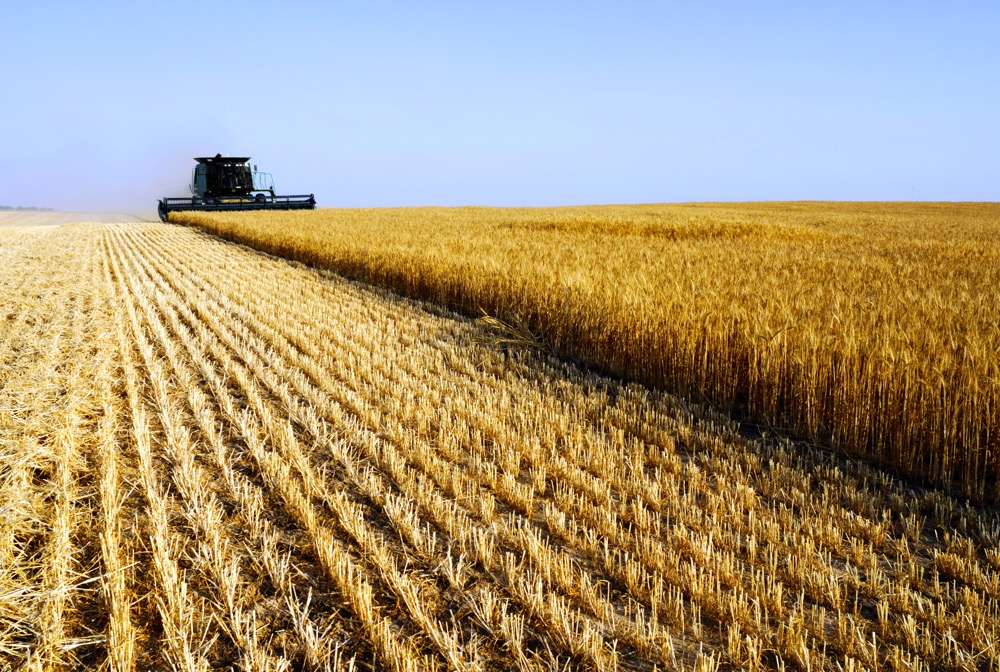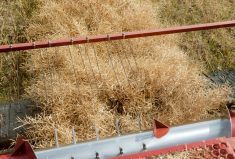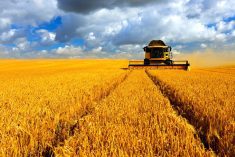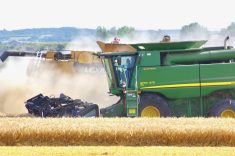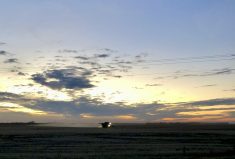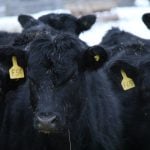Glacier FarmMedia — Saskatchewan farmers made good harvest progress during the first week of October, only seven per cent of crops still in the field as of Oct. 6, according to the latest provincial report. Dry conditions over the past few weeks allowed harvest to catch up to seasonal averages.
At 93 per cent complete, the harvest progress was up nine points from the previous week and ahead of the 10-year average of 87 per cent done. However, the pace was behind the year-ago level of 97 per cent done and the five-year average of 98 per cent complete.
Read Also
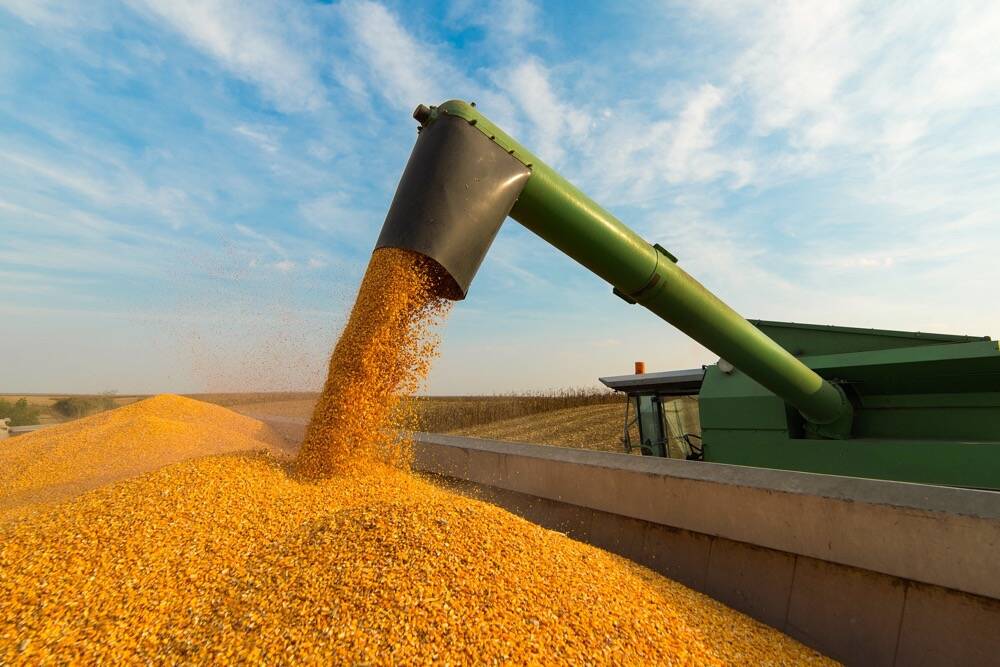
Wet grain, Russian attacks on railways hit Ukrainian corn exports, union says
High grain moisture content and logistical woes caused by Russian attacks have slashed Ukraine’s corn exports from Black Sea ports in November and may do so again in December, farmers’ union UAC said on Tuesday.
The harvest was most advanced in the west-central region at 96 per cent complete.
Nearly all winter cereal and pulse crops were harvested, with chickpeas the only pulse crop with notable unharvested acres at 70 per cent done. The harvest was 98 per cent complete for spring wheat and barley, while 96 per cent of the durum and oat crops were off. Mustard was 91 per cent done, canola at 89 per cent soybeans at 79 per cent and 60 per cent of the flax crops were harvested.
Yields varied across the province due to conditions over the growing season, although average yields remained above historical averages for most crop types. Provincially, hard red spring wheat yielded 51 bushels per acre, durum 41 bu./ac., oats 92 bu./ac., barley 71 bu./ac., field peas 42 bu./ac., lentils 1,922 pounds per acre and chickpeas 1,817 lbs/ac. Oilseed crops were still being combined, but canola was currently yielding 42 bu./ac. on average, mustard 1,192 lbs/ac. and flax 26 bu./ac.
Crop quality varied throughout the province largely due to variable rainfall levels, dry conditions and pest activity during the growing season. Provincially, 65 per cent of hard red spring wheat was 1 Canada Western (CW), 27 per cent was 2 CW, six per cent was 3 CW and only two per cent graded as feed.


